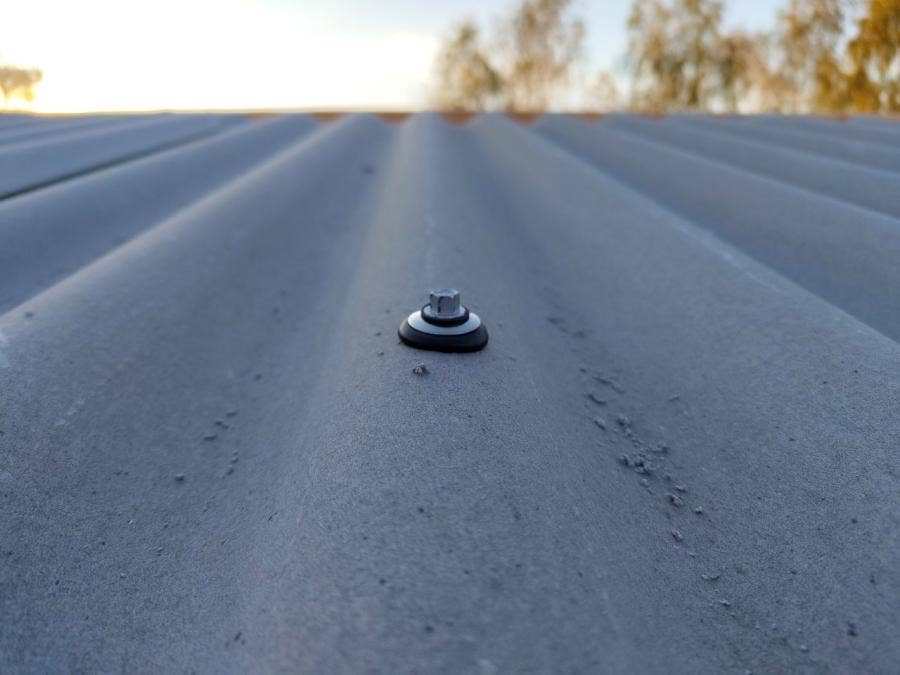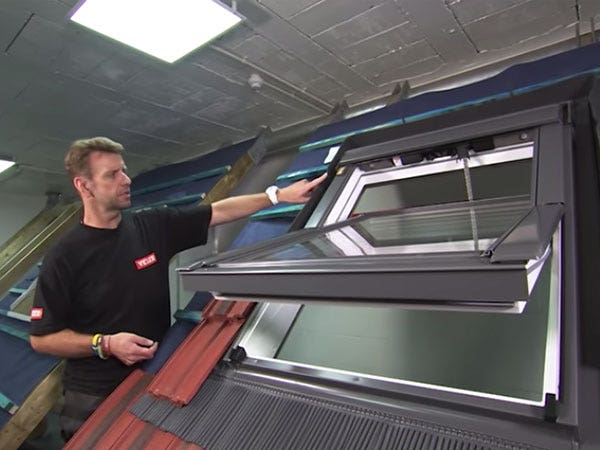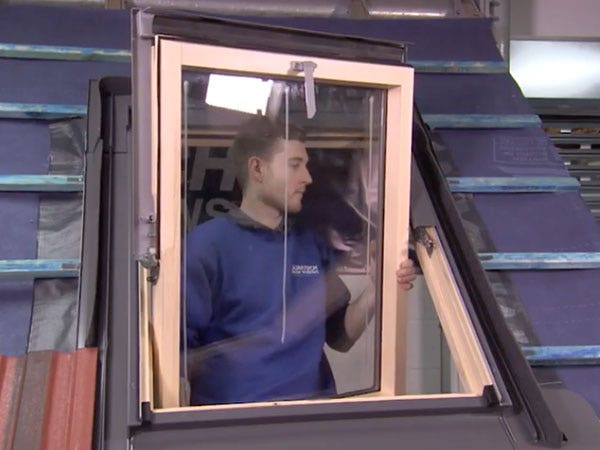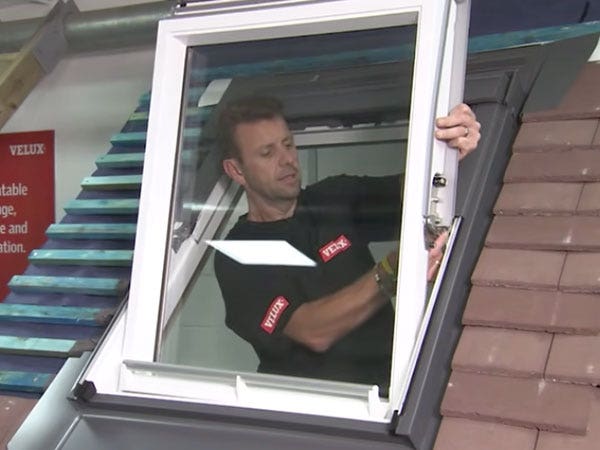Ever noticed those tiny bits of metal holding your roof together? Probably not - they're hardly the most exciting part of a building project. Yet these small fasteners are actually keeping your house protected from the elements. While you might spend ages choosing the perfect tiles or attractive colours, it's often these overlooked components that determine whether your roof will last 5 years or 25.
What Are Roofing Fasteners?
Simply put, roofing fasteners are what stop your roof blowing away in the next storm. They secure your roofing materials to the structure beneath. They come in all shapes and sizes - nails, screws, clips and clamps - each designed for specific materials and weather conditions.
Think of them as the unsung heroes of your roof. They're working 24/7 to keep everything in place, create watertight seals, and stand up to decades of rain, wind, sun and snow. Not bad for something smaller than your thumb. When selecting durable sheets for all roofing needs, you'll need the right fasteners to match.
Why Roofing Fasteners Are Essential
Structural Integrity & Stability
Next time you're lying in bed listening to howling winds outside, spare a thought for your roof fasteners. They're the ones taking the brunt of that force, transferring wind loads from your roofing materials to your house frame.
Get the fastening wrong, and even moderate winds can start lifting parts of your roof. Roofers don't just bang these things in randomly - they follow specific patterns based on engineering standards for your area's typical wind conditions. Too few fasteners or the wrong spacing creates weak spots where wind can get underneath and cause havoc.
Weather Resistance & Protection
Water is sneaky. It'll find any tiny gap and make itself at home. A single dodgy fastener creates an entry point for moisture that can lead to rot, mould and structural damage.
That's why decent roofing fasteners often have rubber washers or gaskets that create proper seals when installed correctly. This becomes even more important if you live somewhere with freezing temperatures. Any water that gets in around a fastener can freeze, expand, and turn a tiny hole into a proper leak.
Longevity & Durability of the Roof
Your roof is only as good as its weakest link. When manufacturers explore different types roofing sheets, they spend loads of time determining which fasteners work best with their products.
Skimping on fasteners is a false economy. Good ones might add a bit to your initial cost, but they'll pay for themselves many times over by preventing leaks and extending how long your roof lasts.
Types of Roofing Fasteners
Screws vs. Nails – Which One to Use?
The old screws vs nails debate is alive and well in roofing. Nails are faster to install and cheaper, making them popular for asphalt shingles. They rely on their wide heads and being hammered in just right to create a seal.
Screws cost more but grip better and are less likely to work loose over time. They're typically used for metal roofing where materials expand and contract with temperature changes. The threads give them more holding power against forces trying to pull them out.
Different Fasteners for Different Roofing Materials
Each roofing material needs its own approach:
- Slate and tile roofs need specialised hooks and nails that can handle their weight and thickness.
- Metal roofing typically uses self-drilling screws with neoprene washers that keep water out while allowing the metal sheets to expand and contract.
- Flat roofing membranes often need special plates and fasteners that spread the load to prevent tears.
How to Choose the Right Roofing Fastener

Material & Coating
Using incompatible metals together is asking for trouble. They can react with each other, causing one to corrode rapidly.
For instance, don't use aluminium fasteners with copper roofing unless you want them to dissolve in a few years. Steel fasteners used with aluminium roofing need proper coatings to prevent similar issues.
The best fasteners have multiple protective layers - zinc plating, polymer coatings, or they're made from stainless steel to resist rust and corrosion.
Size & Thread Type
Length matters with fasteners. Too short and they won't grip properly; too long and you risk poking through things you shouldn't, creating new problems.
Thread design is equally important. Coarse threads work better in wood, while fine threads are better for metal. Self-drilling points save time by eliminating pre-drilling in many cases.
Load Capacity & Holding Power
Different roofs create different loads on fasteners. Steeper pitches, heavier materials, and windy locations all demand fasteners with greater holding strength.
Manufacturers provide pull-out ratings showing how much force a properly installed fastener can handle before failing. Your roofer should choose fasteners with safety margins above what your roof is likely to face.
Climate & Environmental Factors
- Living near the coast? The salt in the air will eat standard fasteners for breakfast. You'll need highly corrosion-resistant ones, usually stainless steel.
- Places with big temperature swings need fasteners that can handle roofing materials expanding and contracting without losing their seal.
- Constant sun exposure breaks down rubber washers on exposed fasteners, so quality really matters for long-term performance.
Common Mistakes to Avoid When Using Roofing Fasteners
Using the Wrong Type of Fastener for the Roofing Material
This basic error can undermine your entire roof. Always use what the manufacturer specifies for type, size and quantity. What works perfectly for one material might be completely wrong for another.
Over-Tightening or Under-Tightening Fasteners
Finding the sweet spot takes skill. Over-tightened fasteners can crush or deform roofing materials, creating stress points and potential leaks. Under-tightened ones won't seal properly and may let things move around too much.
Not Considering Expansion and Contraction in Metal Roofing
Metal roofing expands and contracts a lot with temperature changes. Your fasteners need to accommodate this movement while keeping their seal. Special fasteners with flexible washers allow for this natural movement.
Using Low-Quality or Non-Corrosion-Resistant Fasteners
The few quid saved by choosing cheap fasteners can cost thousands in premature roof failure. Quality fasteners with proper coatings are money well spent.
Final Thoughts
Your roof fasteners deserve as much thought as the flashier materials covering your house. They're the critical connection between your roofing materials and the structure beneath. Choosing the right ones for your specific situation ensures decades of reliable performance from your roof.
Remember that proper installation is just as important as using the right fasteners. Even top-quality components can fail if badly installed. Working with qualified roofers who understand these often-overlooked details will help make sure your roof stands up to whatever the British weather throws at it.






